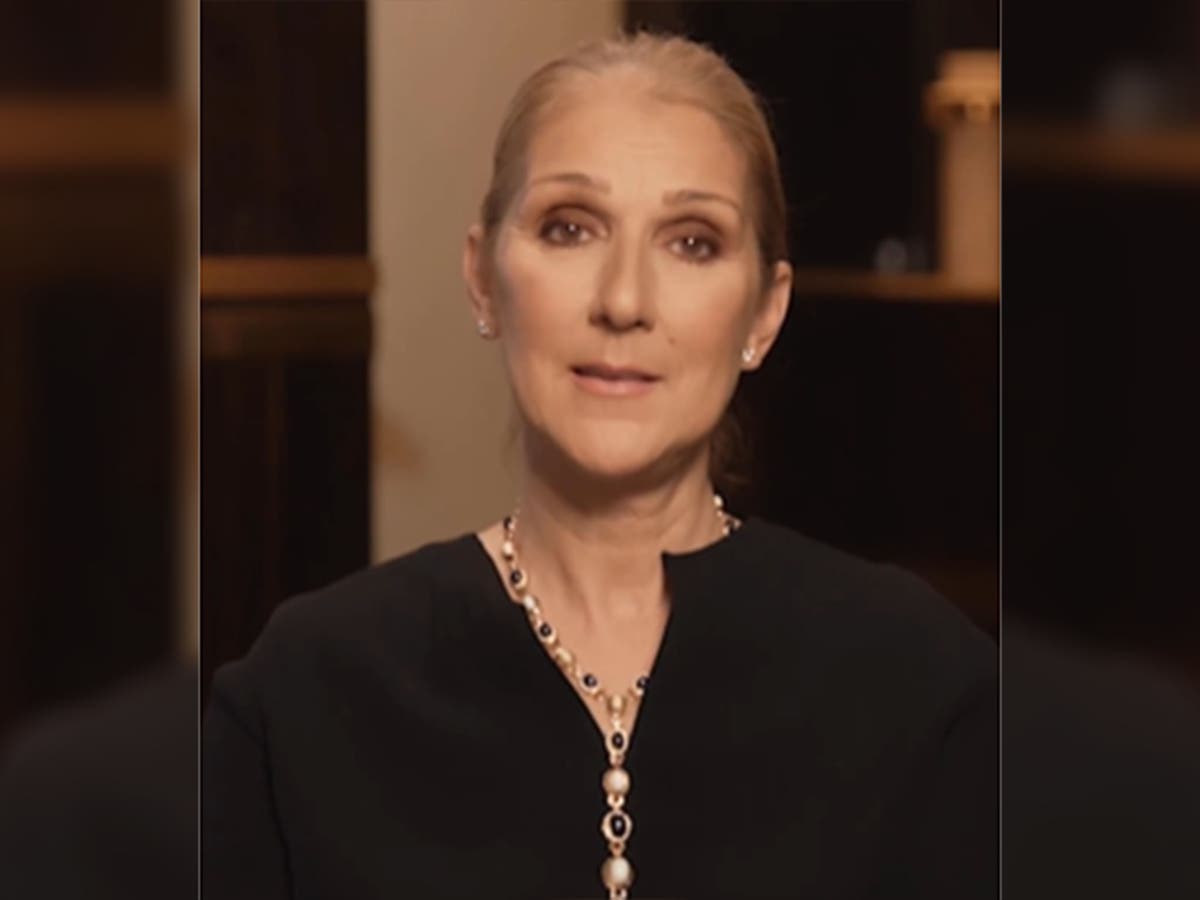When new federal regulations took effect last month requiring museums to get consent from tribes before exhibiting certain Native cultural items, museums across the country began to remove objects from cases, cover up displays and even close entire halls.
The latest rules are meant to strengthen the Native American Graves Protection and Repatriation Act, or NAGPRA, which has been criticized for the slow pace of returns since it was passed more than three decades ago.
Under the law only certain types of items must be returned to tribes, allowing others to stay on display.
A visit to the venerable Field Museum in Chicago showed how compliance is playing out. While some displays have been concealed with paper or curtains as the museum explores whether it must return objects, others remain on view, either because they are not believed to be governed by the new rules or because tribes have given consent.
Here is a look at how the new regulations work, told through six objects.
Off display
Hopewell Ear Ornaments
Accession Year: 1893
Description: These oblong ear ornaments made of shell were part of the Field Museum’s exhibit on objects from the Hopewell mounds, a series of earthen structures in Ohio that were estimated to have been built between 1,600 and 2,000 years ago. In the early 1890s, the archaeologist Warren K. Moorehead excavated the site and displayed his findings at the World’s Columbian Exposition in Chicago. The objects collected for the exposition became the foundation for the Field Museum’s collection.
Why it’s off display: The federal repatriation law applies to funerary objects, or belongings that were buried with the dead, often as company on their spiritual journeys. Helen Robbins, the repatriation director at the Field Museum, said it was likely that these items and others in the Hopewell cases are funerary.
on display
Inuit Bag
Accession Year: 1897
Description: This fur bag was collected at Port Clarence, Alaska, by Miner W. Bruce, who led a group of Alaska Natives on a tour around the country in the 1890s, about three decades after Alaska was purchased from Russia. The Field Museum bought scores of items from Bruce.
Why it’s on display: The law covers human remains, burial belongings, sacred items and objects of cultural patrimony, but does not cover everyday tools or accessories.
OFF display
Pueblo Pottery
Accession Year: 1894
Description: This ceramic bowl, collected in Arizona, was purchased from a British collector and trader named Thomas V. Keam, who supplied Native objects from the Southwest to some of the country’s leading museums.
Why it’s off display: Like many objects that came to the museum over a century ago, there is scant information on where it originated, but writing on the catalog card labels it as “ancient Pueblo.” The museum said the bowl is consistent with ancient Puebloan funerary objects. It is possible that tribes would consider it cultural patrimony, meaning it has ongoing cultural importance to a Native group. The Field Museum plans to consult with several regional tribes — including the Hopi — on the bowl’s significance.
Accession Year: 1897
Description: This painted eagle mask is from the Nuxalk Nation, which lies along the central coast of British Columbia. It sits in the Field Museum atop a display of vibrant, colorful masks described as representing the spirits of “ancestors, creatures of the animal world and mythical beings.”
Why it’s on display: The repatriation law applies only to tribes recognized by the U.S. government, and these masks come from what is now Canada. The museum has sometimes taken down international objects at the request of tribes.
off display
Hopewell Pipe
Accession Year: 1893
Description: This pipe made from stone was also dug up from a Hopewell mound by Moorehead’s team.
Why it’s off display: The pipe is likely funerary, and there is also the possibility that modern-day tribes could consider it sacred. In the past, museums considered objects as old as this pipe, which could be more than a thousand years old, difficult to repatriate because determining which modern-day tribe they should go to could be complicated. But the new regulations direct institutions to consult with federally recognized tribes connected to the geographical area, which in this case includes the Shawnee Tribe and the Miami Tribe of Oklahoma, among others.
Accession Year: 1902
Description: This drum, made by a Pawnee man named George Beaver and collected by a Field Museum curator, was used in an important ceremony called Ghost Dance, said Matt Reed, the tribal historic preservation officer for the Pawnee Nation.
Why it’s on display: The drum is part of the Field Museum’s “Native Truths” exhibit, which opened in 2022 and was created in consultation with representatives of over 100 tribes. Pawnee Nation officials selected the drum for display, although they could have sought its return. “We still have a lot of our ancestral remains that are in museums,” Reed said. “Once we get all of that taken care of, then we can start looking at drums and other instruments that weren’t necessarily associated with the burial.”















































